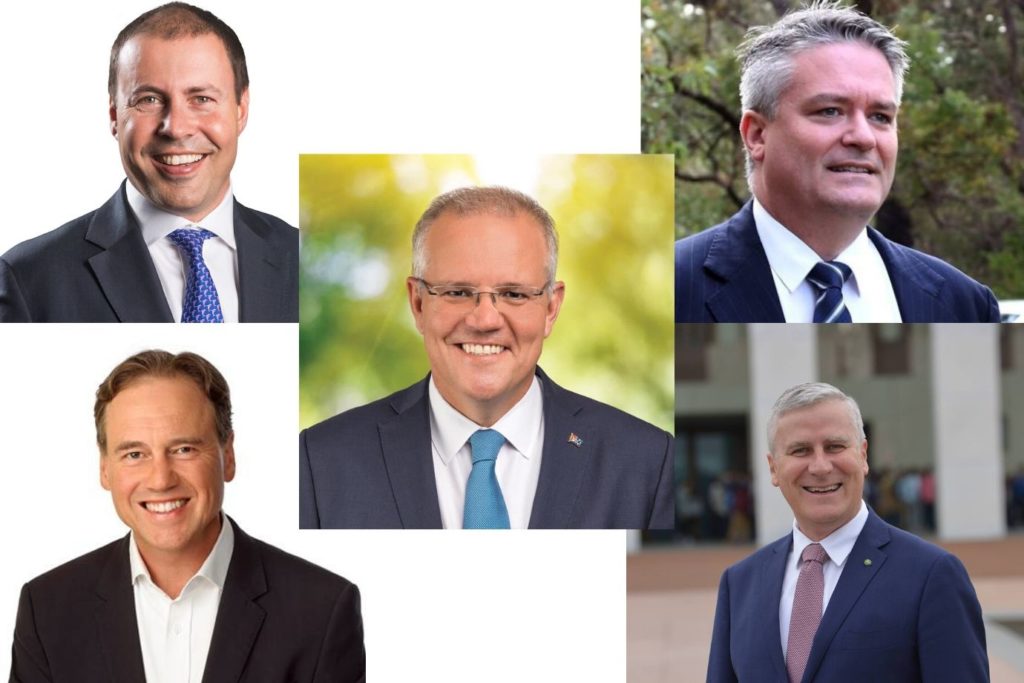I’ll admit it. Last week when the $688million construction package was unveiled I was shocked. What are the chances that the second most male-dominated sector in the country – and among the better paid too – would be the recipients of this cash splash?
Surely someone in a leadership position, present when this idea was getting booted around, considered that announcing a ‘relief’ measure via which money would be divvied out among households in a position to outlay $125,000 on renovations, when millions of Australians are only holding on to employment by a thread because of a $1500-a-fortnight life raft, might scream WHITE PRIVILEGE at precisely the moment that those words are needed less than ever before? Apparently not.
Equity, I believe, is the catch-phrase we don’t just need to hear right now but we need to see. And yet you’d be hard-pressed to find a less equitable package than the HomeBuilder. It may as well have been called Jobs and Money for the Boys. Frankly, that it wasn’t, given those ultimately responsible for writing the cheques, is a mystery.
The group who made this decision is exclusively comprised of white men, as The West Australian‘s federal political editor Lanai Scarr pointed out in her column on Tuesday.
“The Government’s powerful Expenditure Review Committee — a subcommittee of Cabinet that ticks off on anything with implications for the Budget — is made up entirely of men.
Prime Minister Scott Morrison is the chairman, Federal Treasurer Josh Frydenberg is deputy chairman and Deputy Prime Minister Michael McCormack, Health Minister Greg Hunt and Finance Minister Mathias Cormann are members.”
This is the very same group who determined on the weekend that the first – and only – cohort of workers in Australia to lose JobKeeper early would be early childhood educators. A group dominated by women and, for bonus points, are among the lowest paid workers in all of Australia. But, whose work was deemed so critical that while the rest of us were ordered to stay home and stay safe, these badly-paid, hard-working women were effectively sent out to the frontline of the pandemic each and every day.
You’d be hard-pressed to find a more insulting ‘thanks for your hard work‘ than pulling JobKeeper early and placing the viability of their longer-term employment in jeopardy too by snapping back to a fee-based system for childcare that a third of all families using these services have said they won’t be able to afford.
How is that for gratitude?
And, of course, then there’s the fact the inexplicable decision to return to the old childcare model is very likely to push more women out of work and back into homes, at exactly the same time when we know the virus has disproportionately and adversely affected women.
Women who already worked and earned less, who were therefore less likely to have a financial buffer not because of a lack of hard work but because of an abundance of hard work that is not paid.
Hard work that every single person in this country depends upon in one way or another but is reluctant to value or pay for. Caring. And because policies like prohibitively expensive childcare and a particularly punitive taxation system for secondary earners, for example, make it almost impossible for women to combine paid work with the unpaid but essential caring roles they’re required to undertake, guess who doesn’t get paid?
Women. And guess what the reward for all that unpaid caring over the course of their lives is? Poverty. Housing Insecurity. Homelessness.
Honestly it’s almost as if no one in a decision-making position is considering the ghastly impact on all of this on women. But how could that be with a group as diverse and representative as the boys in blue suits in the ERC?



